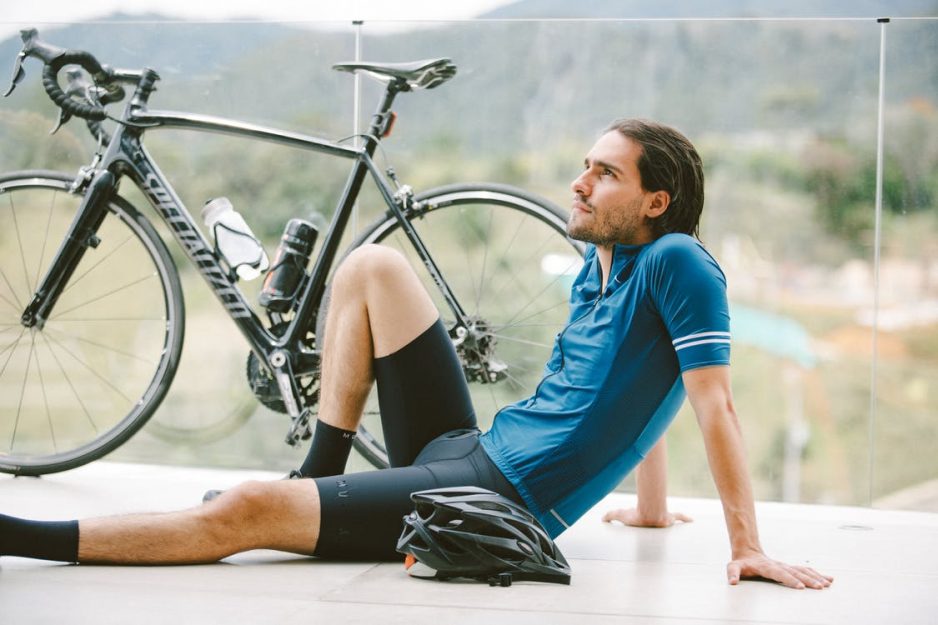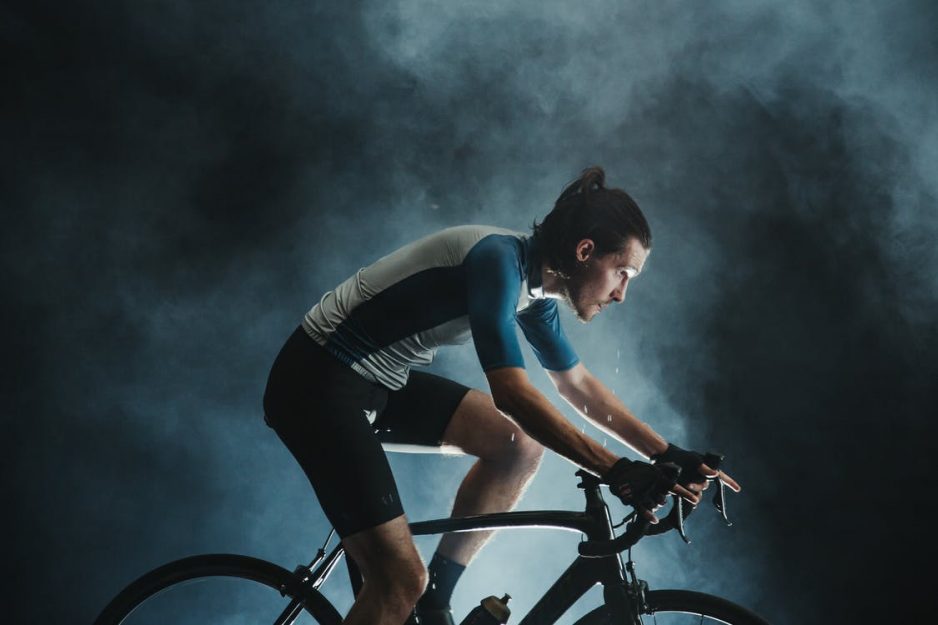Every year, people are spending more and more on sportswear
There are tons of different types of fitness clothing out there, from form-fitting fashion pieces to sports-specific, practical designs. The type that’s best for you will not only depend on your tastes and the type of workouts you’re doing but the weather, too.
When it starts getting colder, it’s time to change up your gym clothes for some warmer pieces.
The Ultimate Guide to Winter Workout Clothes
Use these tips to buy the right activewear for winter weather.
1. Layer Up
The key to keeping warm during winter workouts is to wear a few layers. However, you can’t just throw any old pants on with a shirt and hoodie and expect it to work. You have to be strategic about it.
Your first layer should be something fitted, like cold weather leggings or compression tights and a slim-fit shirt. Over the top, you could wear some sweatpants or joggers and a hoodie, made from a thicker, warmer material.
It’s best to wear a waterproof outer layer, like a rain jacket or an anorak. It should be made from a synthetic material, such as nylon. This will protect you from wind as well as rain and snow.
This layer should still remain breathable. Otherwise, you can overheat, and it can start to feel like you’re wearing a sauna suit!
If it’s not quite cold enough for that, you can meet in the middle by wearing a thermal vest instead. This will keep your torso warm while keeping your arms outside, giving you more freedom of movement.

2. Go For Long Sleeves
Long sleeves are essential for working out when it’s chilly outside.
You can buy compression tops with crew necks and long sleeves to keep your upper body covered. These are usually made from breathable materials, so you don’t have to worry about feeling suffocated when your body starts to heat up.
If you don’t have a long-sleeved shirt, you can buy arm warmers to wear separately. These are sleeves that you slip onto your arms for extra protection. If it gets too warm, you can always whip them off pretty quickly and carry on with your workout.
You can even go for leg warmers, too. These can be combined with other cute winter clothes like leggings and running shoes for a retro look.
3. Choose Sweat-Wicking Materials
You don’t want your clothes to get wet and soggy once you start sweating. If they do, they’ll start to feel sticky and heavy, and you’ll have trouble keeping warm. Soon, you’ll be shivering!
That’s why you need to wear a thin layer of synthetic material, like polypropylene. Leggings and rash guards made from this kind of material wick away sweat from your body.
This means that the moisture doesn’t stay with you. Instead, your clothes dry out very quickly and you can be more comfortable while working out.
4. Safety First
In the winter months, it starts to get dark early as the days get shorter and shorter. If you’re working out in the evening or early in the morning before the sun comes up, it’s important to make sure you’re seen.
Don’t worry, you don’t have to completely cover yourself bright neon clothes. You can do this by simply wearing reflective workout clothing.
Lots of winter workout clothes feature small, reflective strips. In the light, they’re very subtle. However, when it’s dark, they reflect light and shine brightly, so other people can see you.

If you’re out running, cycling, or doing any other type of exercise in the dark, this will make sure that drivers are aware of you.
5. Don’t Forget Hats
It can be easy to overlook hats when you’re already wearing so many other layers, but if you’re working out in really cold weather, you’ll need one.
Heat can quickly be lost through your head, so wear one to keep it warm. Ideally, it should be on that covers your ears, too.
6. Get Gloves
Get yourself some fleece-lined gloves to keep your hands warm.
However, the usual wool, knitted kind won’t be good enough. You need gloves that are designed specifically for exercise.
Some types have a tacky surface on the fingers or palms, which are made from strips of leather or rubber. These allow you to grip items without slipping. If you’re using weights or any other kind of equipment, this is ideal.
If you want to be able to use your smartphone, sports watch or Fitbit during your workout, gloves don’t have to stop you. Some have conductive materials in the thumbs and forefingers, which allow you to use touchscreens while you’re wearing them.
7. Warm Up with Thermal Socks
Socks might not seem like an important part of your wardrobe when it comes to sportswear, but when the cold weather kicks in, they can make all the difference.
Heat can be lost through your feet very quickly, and the last thing you want is to not be able to feel your toes when you’re exercising. Thermal socks can keep them warm and dry by wicking away moisture and retaining heat.
Normal thermal socks can be thick and bulky, making it hard for athletic shoes to fit. If you use these, you may have to buy your shoes half a size up.
Specially designed athletic winter socks don’t have this problem. They use thinner, more efficient layers, and are padded in the right places to stop you from getting painful blisters.
Look and Feel Great
Winter workout clothes aren’t just important for keeping you warm and dry.
The clothes you wear can have a huge impact on how you look, how you perform, and even how you feel. That’s why it’s important to invest in the right ones.
For more information, please contact aungcrown.